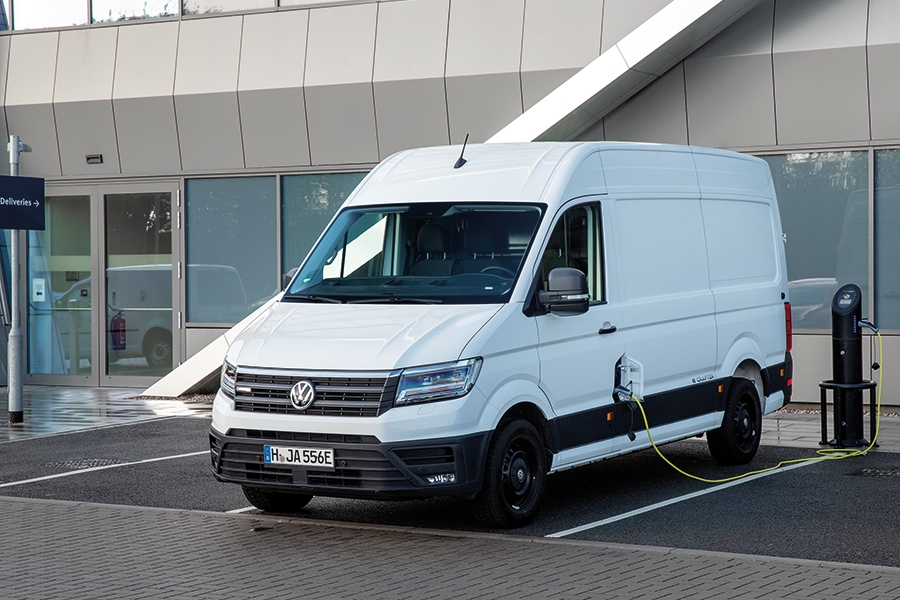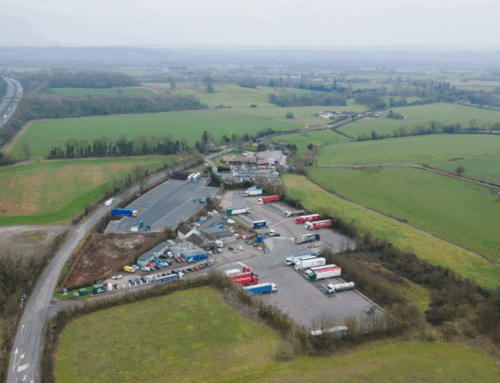There are no reasons why electric vehicles should not be as safe as any other in use, however, they do bring specific risks with which you may be unfamiliar.
It is therefore critically important that, as an operator of electric vans (or indeed any electric vehicle) your driving at work policy is reviewed to provide essential guidance for drivers regarding safe operation and specifically, what to do and not do if they encounter a problem.
The most important concern is servicing and repair, however, there are also key safety considerations covering drivers who are using electric vans and others coming into contact with them through very basic maintenance activities such as valeting.
For these people, there is perhaps one fundamental fact to remember about electric vans – while the risk of electrocution is very low, the charge they carry is high and potentially fatal. Most operate at 650V DC, compared to the 400V you’d find in a Tesla car or the 48V that you might find in a mild hybrid car. For this reason, it is essential to make them aware that they should not, under any circumstances, attempt to carry out any repair to the vehicle, however minor.
Some of the key risks you will need address in your policies and procedures include:
Operation and Maintenance
- Remote operation keys that only need to be close to the vehicle for it to power up should be kept away from vehicles. This is to prevent the van from accidentally moving.
- There is a good argument for instituting additional rules surrounding the movement of electric vans because of the lack of noise they produce, especially in closed areas such as a compound where there may be workers on foot present around vehicles.
- Pressure washing has the potential to damage batteries, high voltage electrical components and cables. We would suggest seeking guidance from manufacturers before valeting in any under body areas including the engine bay.
- It is possible that a vehicle may move unexpectedly and without warning because of magnetic forces within the motors.
- There is potential for the electrical systems on the vehicle to affect medical devices such as pacemakers.
- Any battery that contains electrical energy has the potential to cause explosion or fire and components within the vehicle may retain a dangerous voltage even when a vehicle is switched off and the battery disconnected.
Risks in the event of an accident
- Vehicles should be visually checked for signs of damage to high voltage electrical components or cabling, which are usually coloured orange.
- Consider whether the integrity of the battery is likely to have been compromised. Battery systems contain chemicals that can be harmful if released. This creates a potential hazard, especially in accident conditions. Monitor the vehicle for 24 hours in the event of a vehicle fire because there is a risk of combustion spontaneously reoccurring.
- Shorting or loss of coolant may present ignition sources in the event of fuel spillage.
- If the vehicle is damaged or faulty, and if safe to do so, isolate the high voltage battery system using the isolation device on the vehicle. Remember, though, that it may still contain a residual charge.
- During movement onto a recovery vehicle, the remote operation key should be removed to a suitable distance and the standard 12/24v battery disconnected to prevent the vehicle from being activated or started.
Charging
- The act of charging an electric van or plug-in hybrid should not in itself be in any way dangerous. The equipment is designed in such a way to make the likelihood of shock almost impossible. However, it is important to impress on users that they should only use charging points and cables that are approved for use with the vehicles and also, if they are charging from home, that any additional equipment used – such as a mains extension cable – is properly rated.
- Also, of course, a charging cable can represent a trip hazard, and drivers should be given information that allows them to minimise risks.






